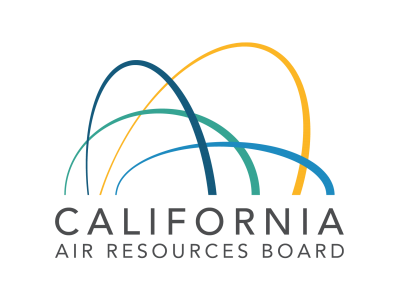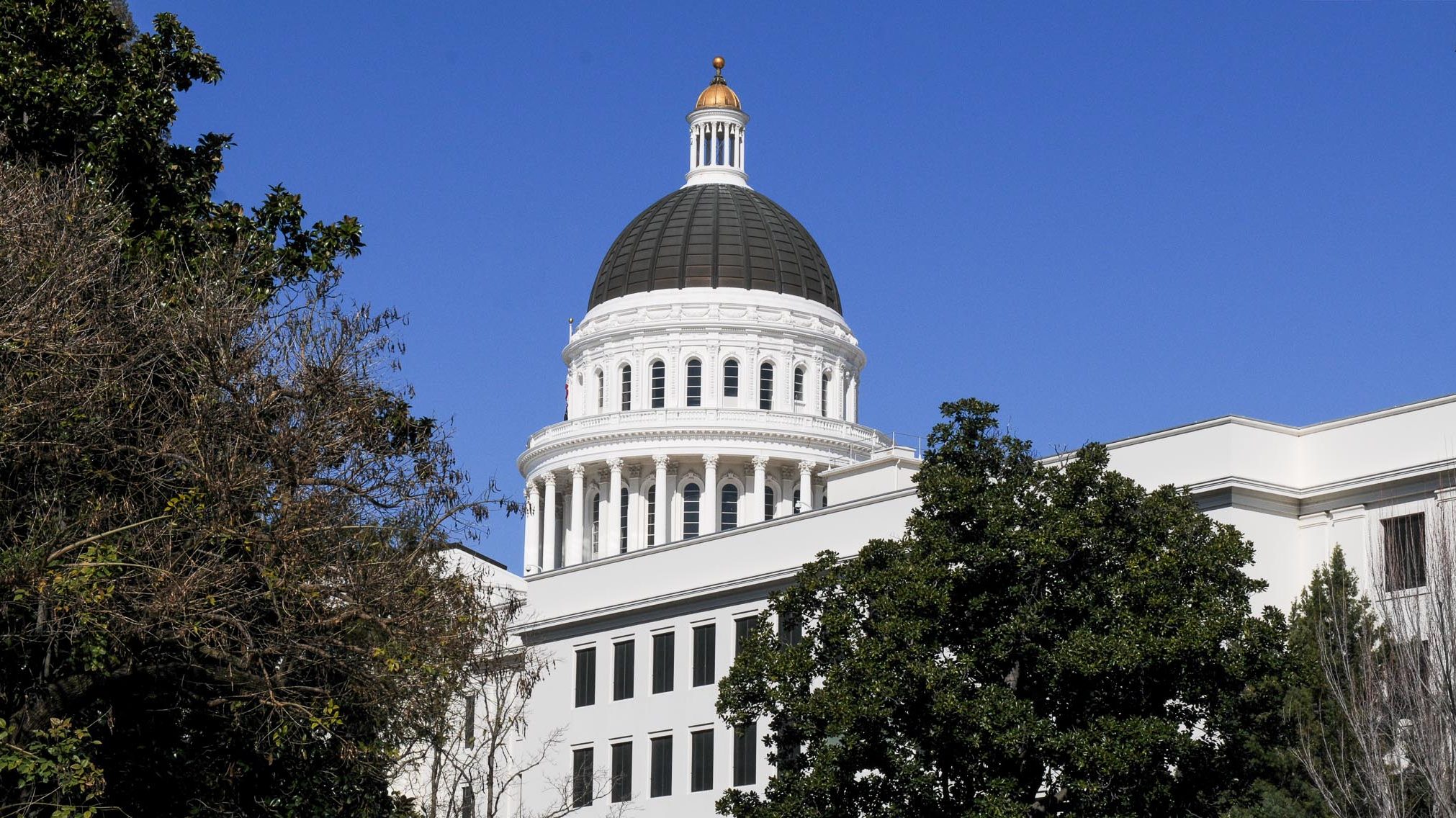
Peninsula train. (Photo: Public Domain)
California Air Resources Board vs. Reality
The problem with each of the proposed regulations is that the technology being mandated doesn’t really exist yet
By Thomas Buckley, July 8, 2024 10:18 am
There is a reason the California Air Resources Board known as “CARB” is not actually called the California Air Reality Board.
The very recent past has seen CARB try to mandate anti-pollution technology on boats, trucks, and trains. The problem with each of these proposed regulations is that the technology being mandated doesn’t really exist yet.
Even more worrisome is CARB’s tendency to then use those non-existent standards as comparison points for further regulation.
Take trains, for example. Last fall, CARB applied for a waiver from the federal Environmental Protection Agency to allow it to mandate that all trains in the state meet newer – and far far more restrictive – pollution standards.
The effort has two major problems. First, railroads will be required to update their locomotive fleet to a technology that does not exist at scale and will most likely not exist when the full force of the regulations fall into place in 2035. The regulations also calls for locomotives more than 23 years old be replaced – soon.
Locomotives are very expensive – $4 to $5 million dollars each. And while the larger national freight railroads may be able to afford it, smaller “short rail” lines that dot the state and perform a vital function may not, effectively causing many of them to go out of business.
Second, as California plays such a good role in freight and goods movement (the Ports of LA and Long Beach account for more than one-third of all of the country’s imports) that – if the waiver is granted – the entire nation would be impacted. Many would go along with California but many would not, setting up the logistical nightmare possibility of having to switch locomotives at the state line.
CARB needs the waiver because the federal government regulates railroads and it needs permission (like the waiver it has for stricter-than-national car emission standards) to impose the new rule.
The EPA is currently mulling over its decision, but there has already been significant national opposition – much of it coming from other federal agencies – to the proposal. No timeframe is set for the decision.
And here’s the unreality part: At a recent congressional hearing on the topic, a representative from the Bay Area Air Quality Management District claimed, contrary to popular belief and common sense, trucks are often a cleaner way to move freight than trains.
This claim was made in response to railroads industry people stating that if railroads, especially the “short line” variety, are forced out of business, that will mean many many more trucks on the roads.
A train can move a ton of goods about 450 miles on a single gallon of diesel fuel and each freight car carries the equivalent amount of stuff as three or four trucks, so fewer trains means more trucks.
CARB claims that is not really a problem because their analysis shows trucks are cleaner.
How did they come to this seemingly impossible conclusion? By basing their truck emission estimates on something that doesn’t yet exist – again.
The analysis compared trucks and trains assuming the trucks were meeting another new regulatory standard, known as “Advanced Clean Fleets ”
The California Advanced Clean Fleets (ACF) regulation, which began being implemented on January 1, 2024, is designed to complement the Advanced Clean Trucks (ACT) rule, which mandates a significant increase in the number of medium- and heavy-duty zero-emission vehicles (ZEVs) on California roads.
Of course, CARB has been sued over the rule, with opponents saying it will do to trucking what their proposed train regulations will do – again, because California is such a massive part of the goods movement infrastructure on the nation, the rule would essentially morph into a de facto national standard.
“The ability to move people and products reliably and affordably is foundational to free enterprise and a functioning marketplace that serves American consumers,” Gentry Collins, American Free Enterprise Chamber of Commerce CEO, told the Commercial Carriee Journal. “The attempt currently underway by the state of California to ban liquid fuels and internal combustion engines is a major threat to the American way of life and terrible climate policy to boot.”
So, while CARB claims trucks are cleaner they would only be cleaner if and when the new standard is put in place: The study’s own “methodology report” indicates this clearly:
“Tier 4 and 5 locomotives can move containers with lower emissions than trucks in communities within 20 miles of the Ports through 2035, until the Advanced Clean Fleets Regulation goal of 100 percent zero emission drayage trucks is achieved. The analysis also shows Tier 4 and 5 locomotives can move containers cleaner than long haul trucks until the Advanced Clean Truck Fleets Regulation (ACF)9 brings all trucks to zero emissions in 2045.”
In other words, CARB does not compare the reality of now to, well, the reality of now and simply assumes its regulatory strictures that are supposed to be in place over the next 20 years or so will be in place.
The analysis also fails on another level, namely that more trucks on the roads will mean more traffic which means both irritated people and more air pollution as the cars idle in traffic jams.
And, again, this is not the first or second time CARB has mandated non-existent technology – harbor craft were another recent target.
But CARB’s regulatory presumption was so egregious, even the state legislature thought it went too far. A bill with bi-partisan support is making its way through the legislature now to roll back the CARB boats rules:
The bill was written in response to a recent CARB regulation that requires harbor craft to have cleaner engines and install Diesel Particulate Filters to reduce pollution. However, the ruling brought about multiple issues. One of the biggest is that DBFs simply do not exist for certain types of boats and are currently not close to being developed. Another is that U.S. Coast Guard said that they would not be enforcing the new CARB regulations, essentially making CARBs regulations powerless, as well as highlighting how CARB ignored safety letters from the Coast Guard. Safety concerns over installing untested DPFs have also alarmed many, saying that it risks hurting vessels. Finally, if CARB regulations go as is, install by dates could significantly reduce the number of useable harbor craft in the state, hurting both the industry and the state economically.
CARB defended its attempt to essentially re-write the nation’s railroad standards, citing the above-noted study as one of its reasons.
The reason the comparison is important is that there is a misconception that trains have less emissions impacts than trucks, which is not the case when it comes to criteria emissions such as oxides of nitrogen and particulate matter – of which there are no known safe levels of exposure,” said a CARB spokesperson. “As emissions regulations have resulted in less pollution from heavy-duty trucks, locomotives now emit comparatively greater levels of criteria pollutants.”
CARB regulations are a bit more narrowly focused as well, which could in part explain the results of the analysis. CARB looked at particulate matter and nitrous oxides only – they are not considered “greenhouse gases” but only local pollutants, hence the claim that the regulations will improve the health of trackside/port adjacent communities greatly.
”For communities that face an overconcentration of pollution sources because of a proximity to goods movement operations, the locomotive regulation will be a significant public health measure that will bring an estimated $32 billion in health savings by preventing 3,200 premature deaths and 1,500 emergency room visits and hospitalizations,” the CARB spokeswoman claimed. “Cancer risk from exposure to air toxins within one mile of locomotive operations is expected to be reduced by 90%.”
Interestingly, CARB used a rather odd way of defining longer trip emissions:
“The analysis assumed first-and-last-mile emissions (such as from cargo handling equipment) are similar for trucks and trains, thus the reason the origin and destination emissions are omitted from the analysis,” the spokeswoman said. “Therefore, neither total emissions or emissions per mile decrease the farther the train travels. The emissions shown in the analysis is TOTAL emissions created when traveling 300 miles. The farther the train and trucks travel, the more emissions will be generated.”
In other words, the analysis did not incorporate the concept of “economy of scale,” which seems counterintuitive. It should also be noted that the comparison was only to “California” trucks and therefore has validity nationally.
Whether or not the EPA will grant the waiver is unclear, though the opposition is fierce and if it does lawsuits will be filed by the truckload.
Or trainload – whichever is more environmentally sound.
- Benefit Fraud Problems and Solutions - November 7, 2024
- A Little Exit Poll - November 5, 2024
- Tomorrow’s Headlines Today! - November 5, 2024





Trucking lines and rail need to stop rolling for three days before the election.
”For communities that face an overconcentration of pollution sources because of a proximity to goods movement operations, the locomotive regulation will be a significant public health measure that will bring an estimated $32 billion in health savings by preventing 3,200 premature deaths and 1,500 emergency room visits and hospitalizations,” the CARB spokeswoman claimed. “Cancer risk from exposure to air toxins within one mile of locomotive operations is expected to be reduced by 90%.”
Whenever they say this sort of stuff you know that it is pure BS. They have to way to actually quantify these numbers. And they can’t point to a single person who died prematurely because their “community” was close to a railroad or port.
It would be more fruitful for CARB to horn in on dwellings built in these danger zones, mandate housing be moved away from ports and airports so people are not exposed? That is not in their area of authority either..
Farmers and truckers have already been impacted by the Tier system, resulting in the markets for older diesels being affected, and even shipping them to other countries..
When will 40 million Californians say enough to these unelected CARB clowns and tell them to shove their stupid mandates up where the shine doesn’t shine?
Will CARB elitist “experts” be impacted by the recent Chevron ruling of the SCOTUS? Or will they impose their unscrupulous machinations on other states?